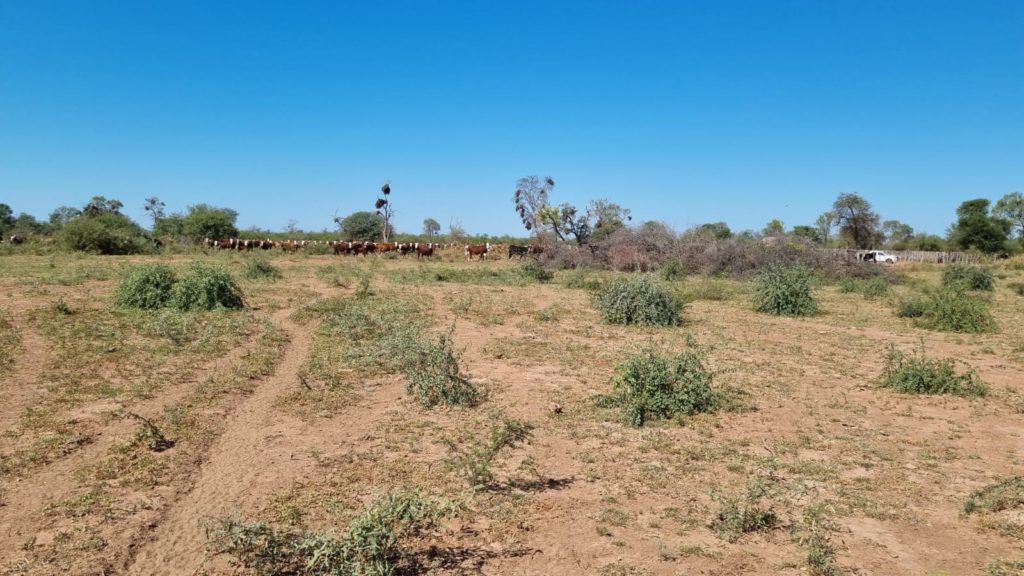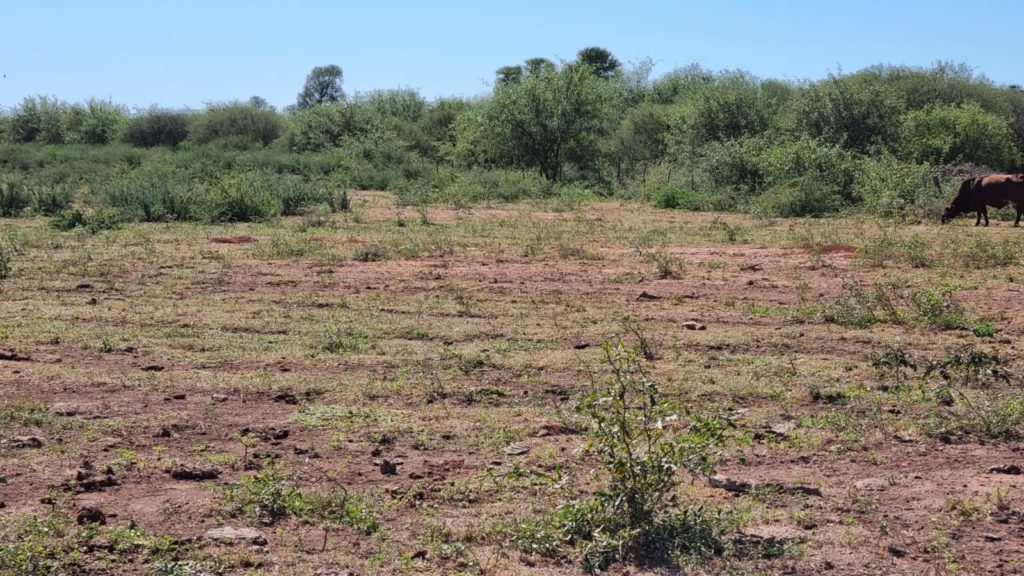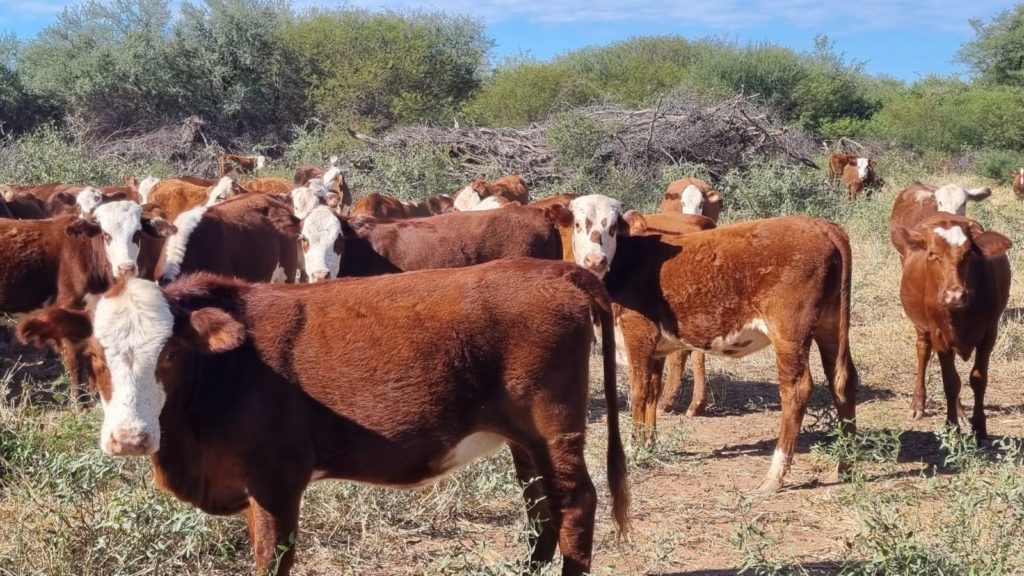Weather/Situation: We registered some more normal rains in April but still below the historical average for the same period (-42%). We were expecting that those rainfalls will help to boost the pasture regrowth but it benefit mainly to the regrowth of the natural vegetation (wild bushes, typical for the region of Salta which was formerly a forest area). Those subtropical wild plants are directly competing with pasture and as they need less water to develop, reducing the pasture area for cattle.

Vegetation control: Last year we perform a cleaning operation over 450 ha with machine, and 1 year after we can notice improvements’ in some plots but immediate regrowth in others. You can see below the difference between a plot cleaned last year and another 3 years ago.


Our case is not unique as our neighbours’ are facing the same situation. The only way some of them could “control” the situation is trough a massive use of chemical combined with manual cleaning operations. However, results are not homogenous and various chemicals have to be tested before as each field reacts differently. Not only such intensive use of chemicals has a cost (emphasized in the current environment) but has also incidences on the environment. As a corporate standard, we always tried to have a moderate use of chemical and rather use machine. Therefore, we are analyzing the opportunity to clean further 200 ha of fields and clean up by bulldozer the surface performed last year (450 ha).

Cattle operation: We have around 2,400 heads at the farm, mostly cows, heifers and calves. Our cattle is in good shape given the fact we were affected by dryness over the last 18 months. You can see below various categories of animals.


Our main difficulty here is to manage food: pastures area have been reduced due to drought/lack of water and the fast regrowth of the natural vegetation. Silage costs are also booming on the market (pellets) driven by increasing prices of cereals (+45% over the year). As a result, our beef production will be off by 70% in terms of kg (240 t budgeted).

Driven by all reasons mentioned above, we have decided to realize early sales of non-productive, empty or old cows in order to reduce feed and water use. The sale value of those animals will be higher than to keep them for another service, especially when meat prices raises significantly (+18% YTD) as it is the case currently.

